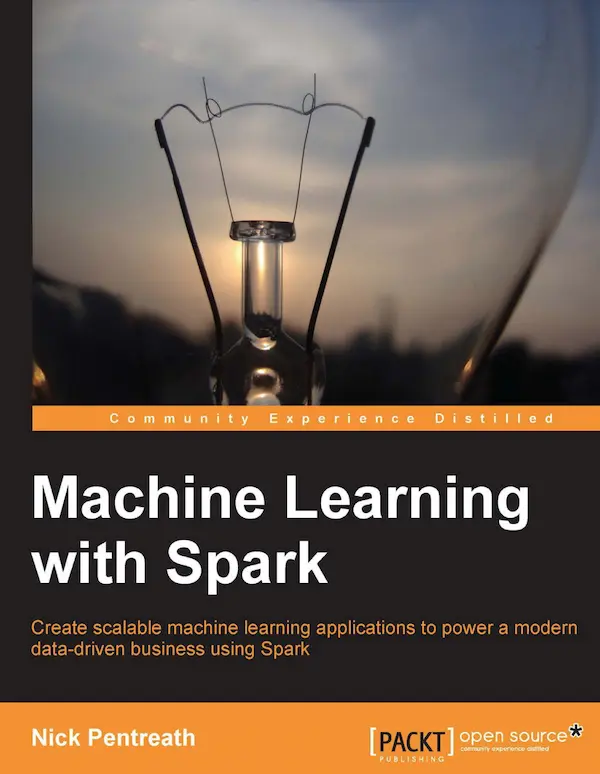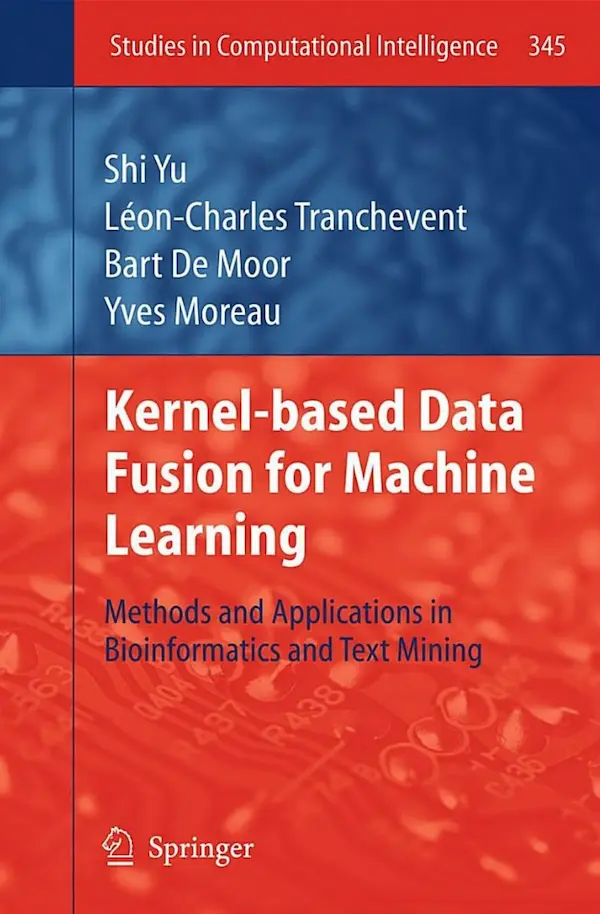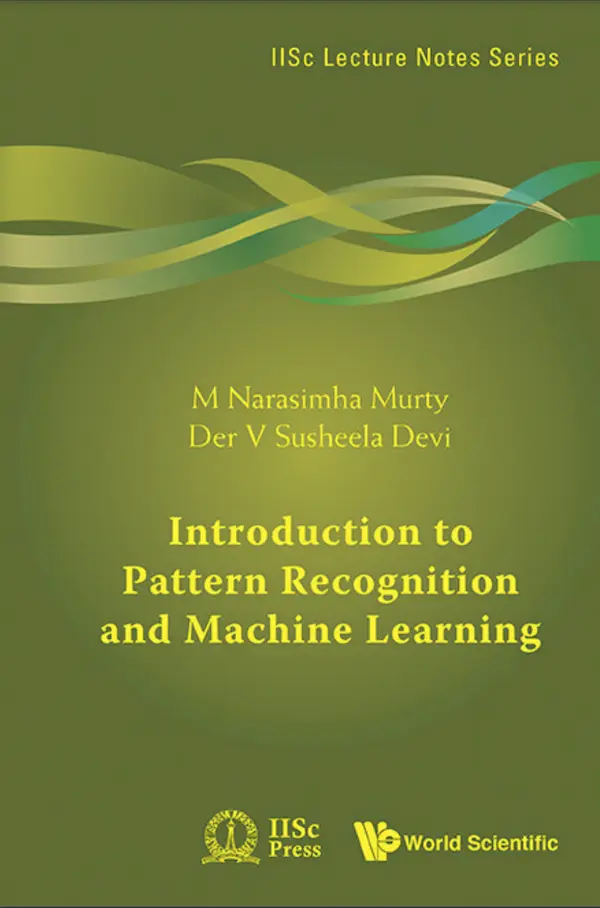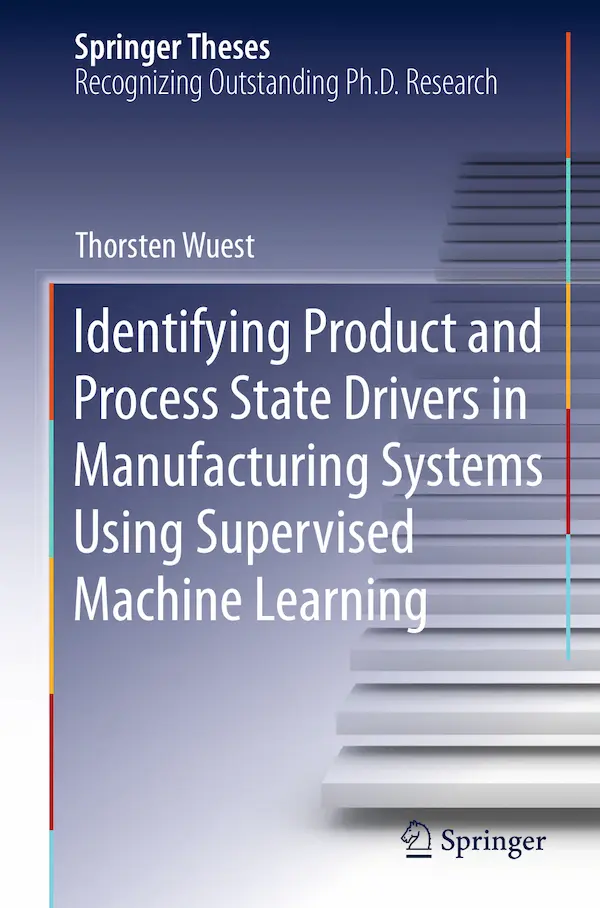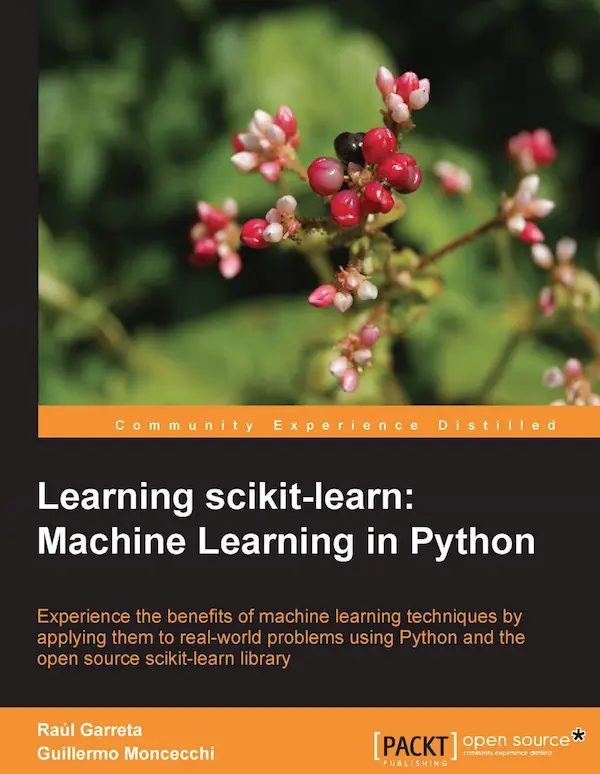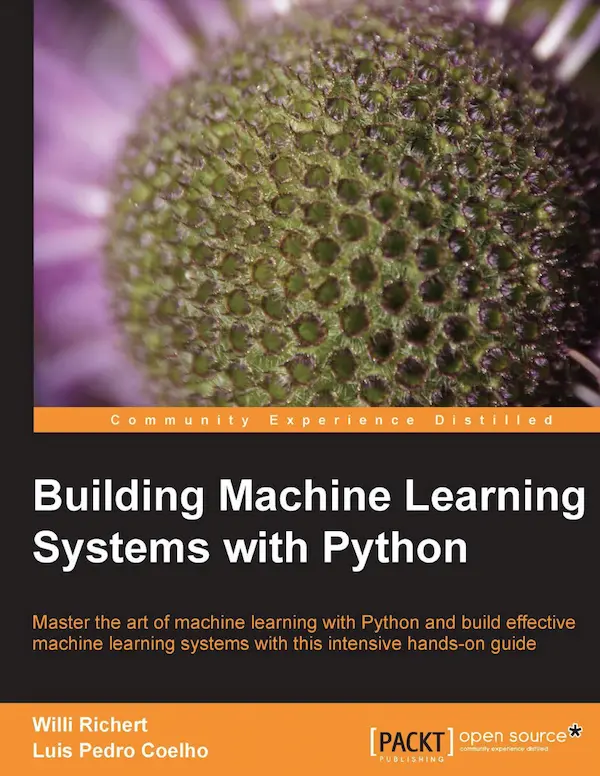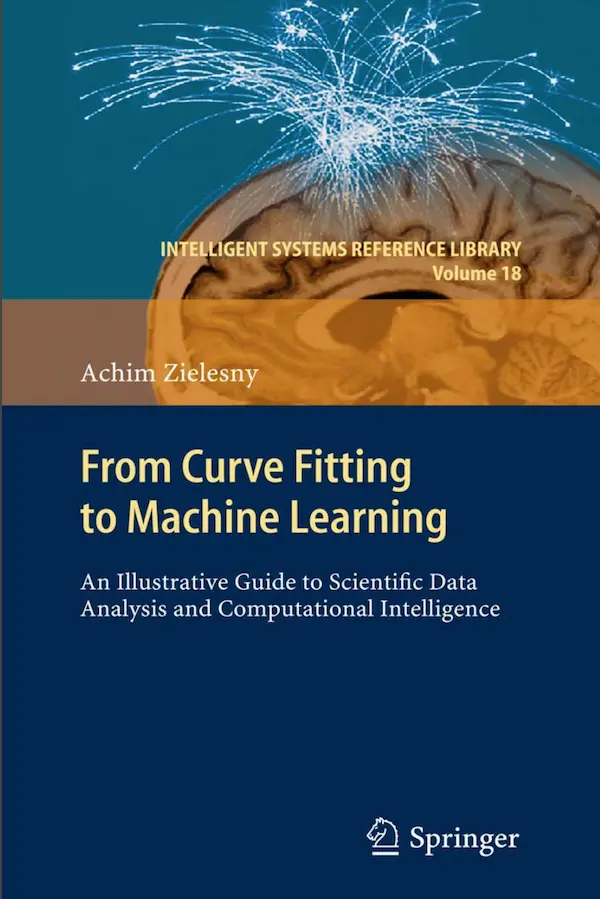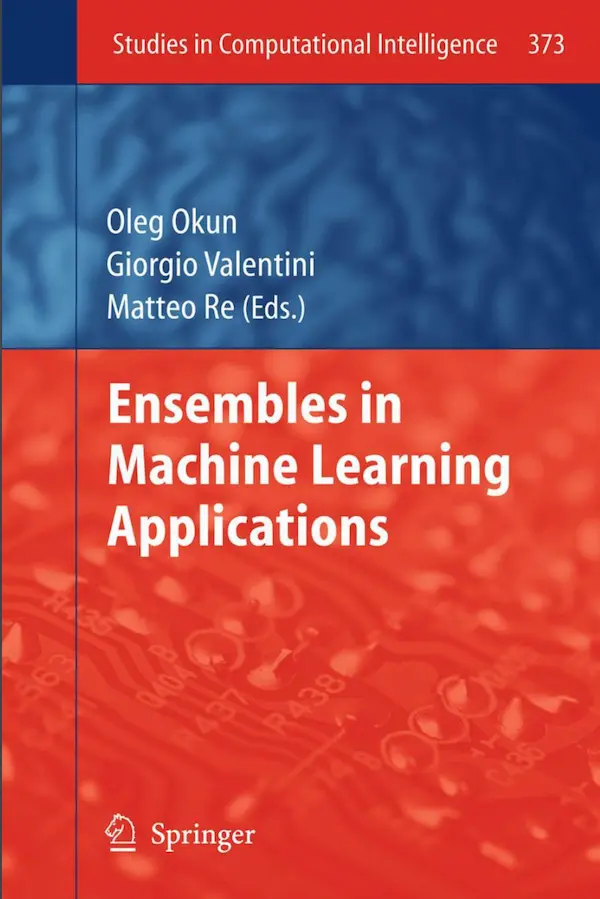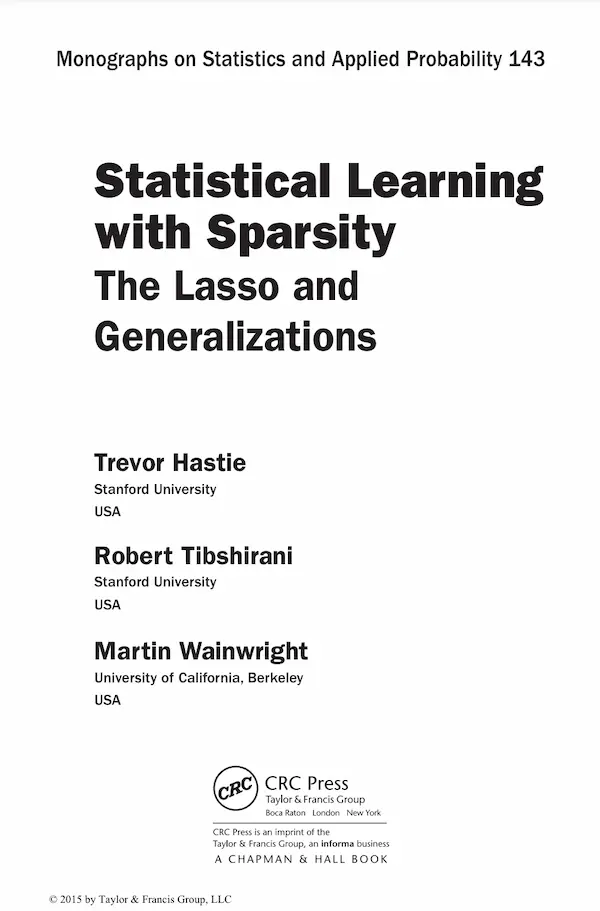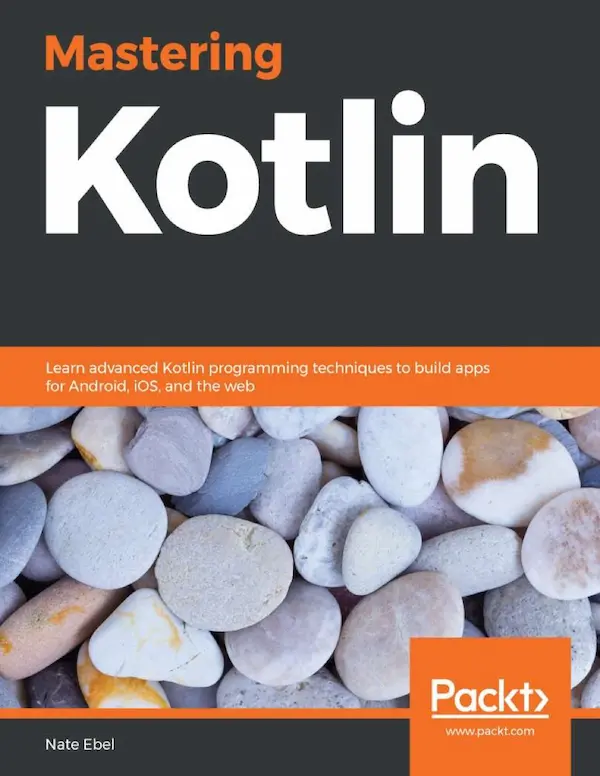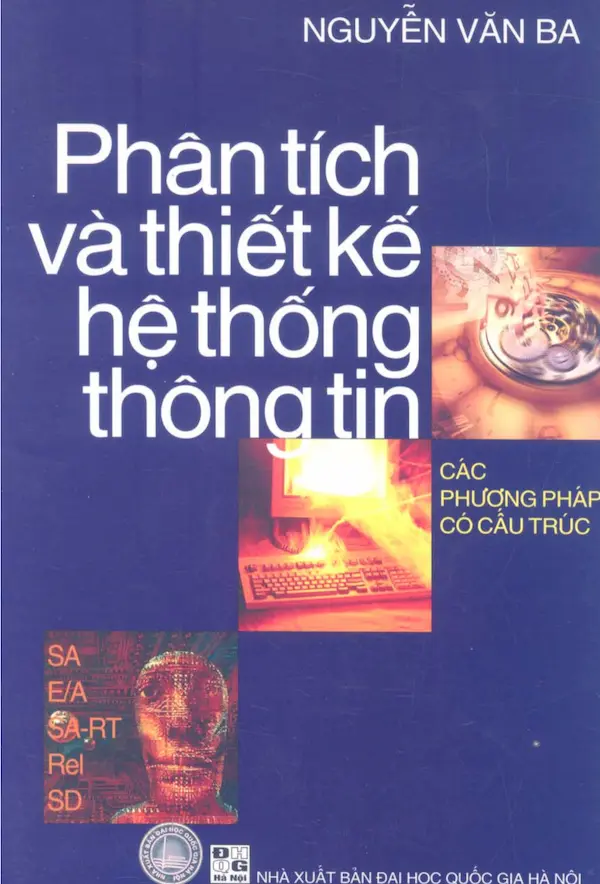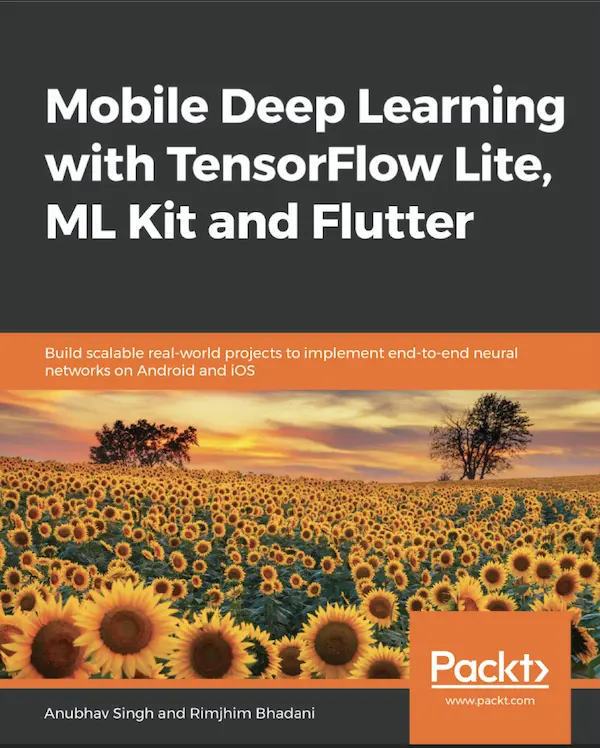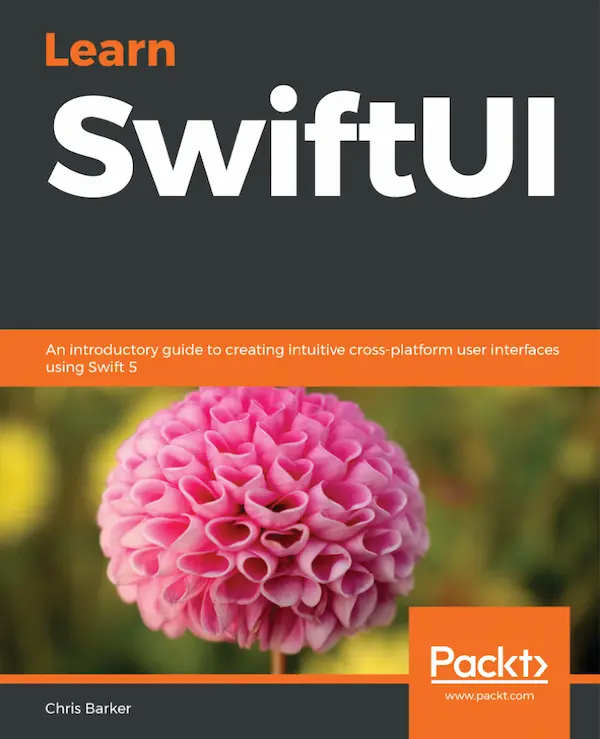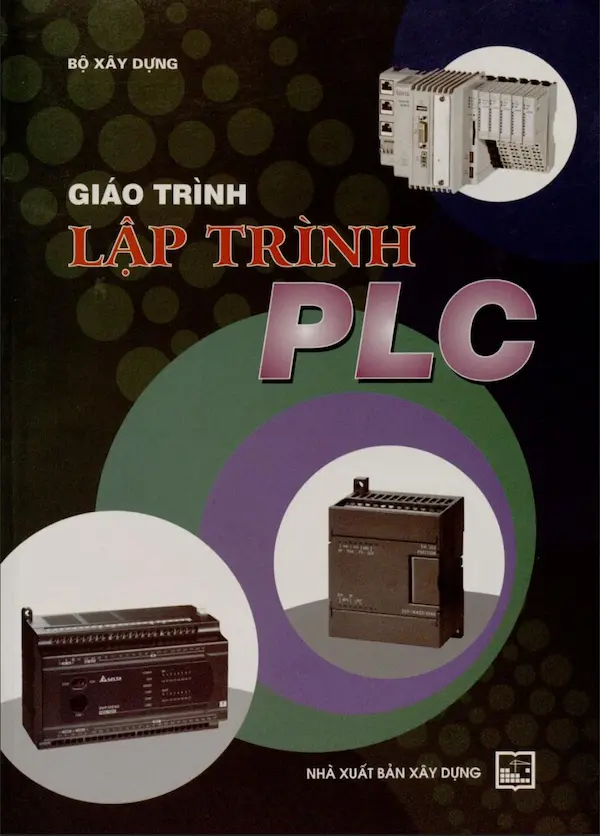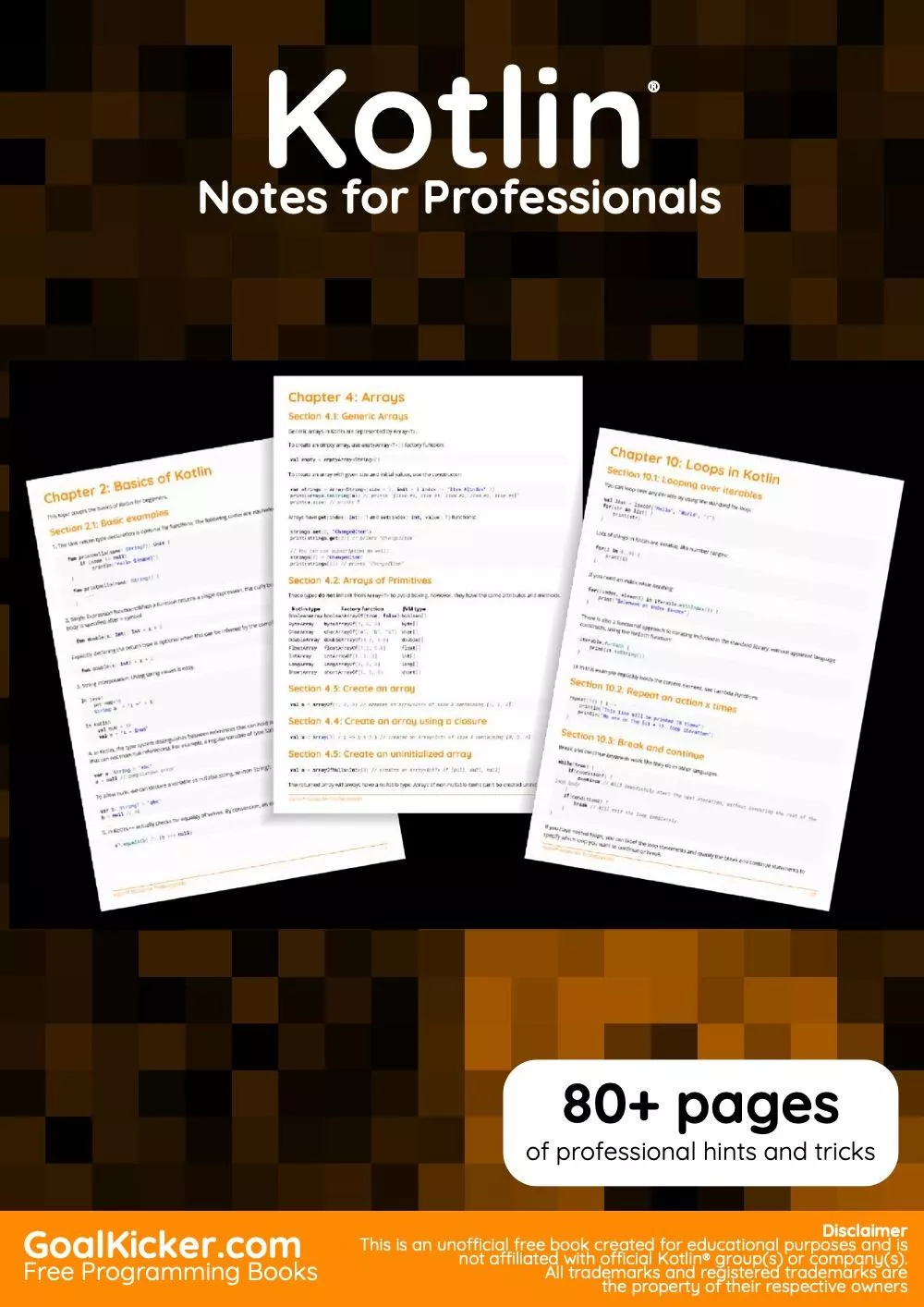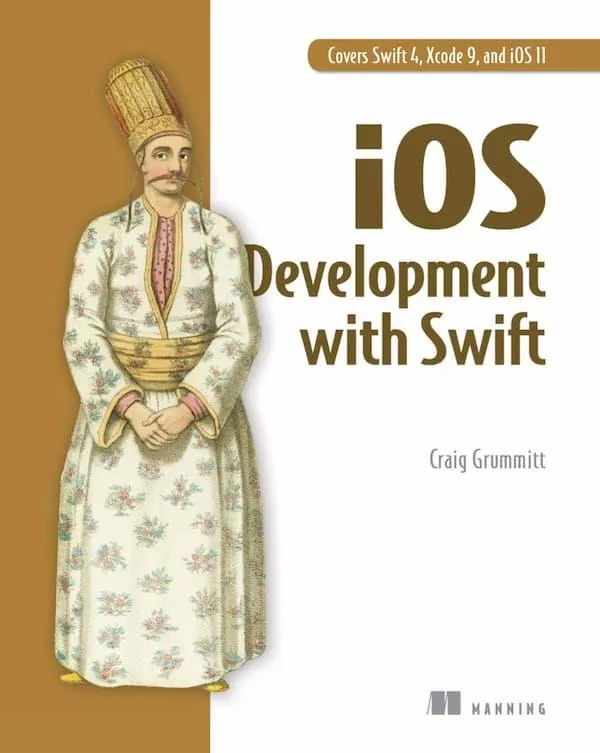
In recent years, the volume of data being collected, stored, and analyzed has exploded, in particular in relation to the activity on the Web and mobile devices, as well as data from the physical world collected via sensor networks. While previously large-scale data storage, processing, analysis, and modeling was the domain of the largest institutions such as Google, Yahoo!, Facebook, and Twitter, increasingly, many organizations are being faced with the challenge of how to handle a massive amount of data.
When faced with this quantity of data and the common requirement to utilize it in real time, human-powered systems quickly become infeasible. This has led to a rise in the so-called big data and machine learning systems that learn from this data to make automated decisions.
In answer to the challenge of dealing with ever larger-scale data without any prohibitive cost, new open source technologies emerged at companies such as Google, Yahoo!, Amazon, and Facebook, which aimed at making it easier to handle massive data volumes by distributing data storage and computation across a cluster of computers.
The most widespread of these is Apache Hadoop, which made it significantly easier and cheaper to both store large amounts of data (via the Hadoop Distributed File System, or HDFS) and run computations on this data (via Hadoop MapReduce, a framework to perform computation tasks in parallel across many nodes in a computer cluster).
However, MapReduce has some important shortcomings, including high overheads to launch each job and reliance on storing intermediate data and results of the computation to disk, both of which make Hadoop relatively ill-suited for use cases of an iterative or low-latency nature. Apache Spark is a new framework for distributed computing that is designed from the ground up to be optimized for low-latency tasks and to store intermediate data and results in memory, thus addressing some of the major drawbacks of the Hadoop framework. Spark provides a clean, functional, and easy-to-understand API to write applications and is fully compatible with the Hadoop ecosystem.
Furthermore, Spark provides native APIs in Scala, Java, and Python. The Scala and Python APIs allow all the benefits of the Scala or Python language, respectively, to be used directly in Spark applications, including using the relevant interpreter for real-time, interactive exploration. Spark itself now provides a toolkit (called MLlib) of distributed machine learning and data mining models that is under heavy development and already contains high-quality, scalable, and efficient algorithms for many common machine learning tasks, some of which we will delve into in this book. Applying machine learning techniques to massive datasets is challenging, primarily because most well-known machine learning algorithms are not designed for parallel architectures. In many cases, designing such algorithms is not an easy task. The nature of machine learning models is generally iterative, hence the strong appeal of Spark for this use case. While there are many competing frameworks for parallel computing, Spark is one of the few that combines speed, scalability, in-memory processing, and fault tolerance with ease of programming and a flexible, expressive, and powerful API design.
Throughout this book, we will focus on real-world applications of machine learning technology. While we may briefly delve into some theoretical aspects of machine learning algorithms, the book will generally take a practical, applied approach with a focus on using examples and code to illustrate how to effectively use the features of Spark and MLlib, as well as other well-known and freely available packages for machine learning and data analysis, to create a useful machine learning system.
When faced with this quantity of data and the common requirement to utilize it in real time, human-powered systems quickly become infeasible. This has led to a rise in the so-called big data and machine learning systems that learn from this data to make automated decisions.
In answer to the challenge of dealing with ever larger-scale data without any prohibitive cost, new open source technologies emerged at companies such as Google, Yahoo!, Amazon, and Facebook, which aimed at making it easier to handle massive data volumes by distributing data storage and computation across a cluster of computers.
The most widespread of these is Apache Hadoop, which made it significantly easier and cheaper to both store large amounts of data (via the Hadoop Distributed File System, or HDFS) and run computations on this data (via Hadoop MapReduce, a framework to perform computation tasks in parallel across many nodes in a computer cluster).
However, MapReduce has some important shortcomings, including high overheads to launch each job and reliance on storing intermediate data and results of the computation to disk, both of which make Hadoop relatively ill-suited for use cases of an iterative or low-latency nature. Apache Spark is a new framework for distributed computing that is designed from the ground up to be optimized for low-latency tasks and to store intermediate data and results in memory, thus addressing some of the major drawbacks of the Hadoop framework. Spark provides a clean, functional, and easy-to-understand API to write applications and is fully compatible with the Hadoop ecosystem.
Furthermore, Spark provides native APIs in Scala, Java, and Python. The Scala and Python APIs allow all the benefits of the Scala or Python language, respectively, to be used directly in Spark applications, including using the relevant interpreter for real-time, interactive exploration. Spark itself now provides a toolkit (called MLlib) of distributed machine learning and data mining models that is under heavy development and already contains high-quality, scalable, and efficient algorithms for many common machine learning tasks, some of which we will delve into in this book. Applying machine learning techniques to massive datasets is challenging, primarily because most well-known machine learning algorithms are not designed for parallel architectures. In many cases, designing such algorithms is not an easy task. The nature of machine learning models is generally iterative, hence the strong appeal of Spark for this use case. While there are many competing frameworks for parallel computing, Spark is one of the few that combines speed, scalability, in-memory processing, and fault tolerance with ease of programming and a flexible, expressive, and powerful API design.
Throughout this book, we will focus on real-world applications of machine learning technology. While we may briefly delve into some theoretical aspects of machine learning algorithms, the book will generally take a practical, applied approach with a focus on using examples and code to illustrate how to effectively use the features of Spark and MLlib, as well as other well-known and freely available packages for machine learning and data analysis, to create a useful machine learning system.



